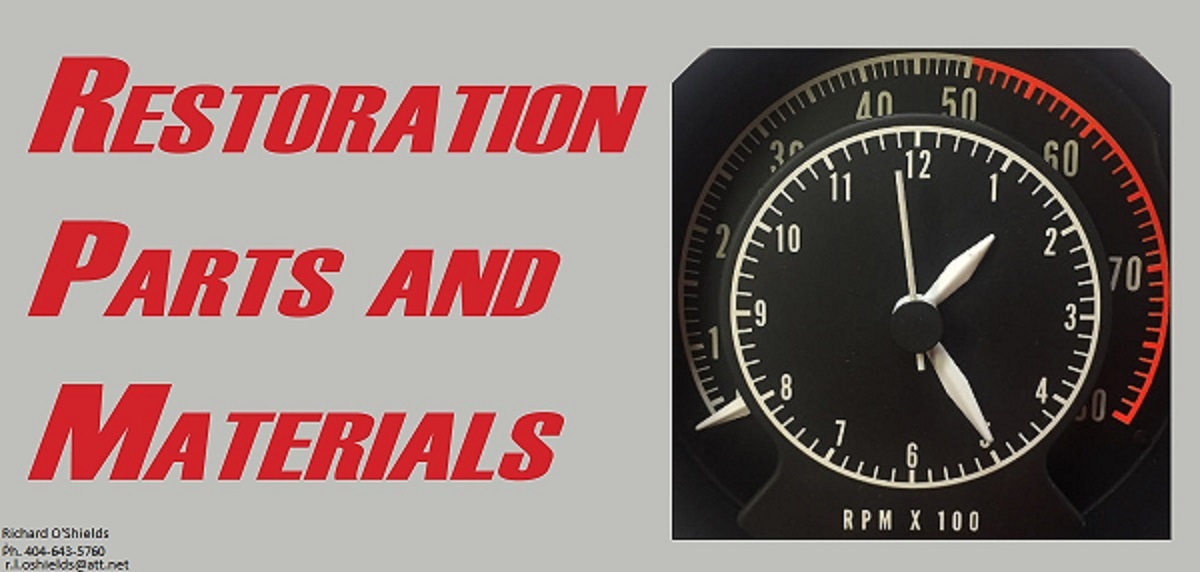Hmmm, It seems the rust only lies in the low spaces between sheet metal (see my handy diagram).. does not go above the trim on the doors.. is there a reinforcement midway?
And at the door lip there is a rust free strip of paint. Vould indicate it's coming from the inside... or the car was driven through a puddle of sulfuric acid and the splash didn't exceed the curve/peak of the trim...
I believe in 1970, federal mandates required side door guard beams; a sheet metal inner door structure piece that spans horizontally about half way up. Perhaps that blocked further infiltration from splashing, or the guy on the assembly line did not want to position his undercoating gun such that underneath the guard beam structure was bare. In any case, undercoating can be good or bad, depending upon whether or not it actually stays stuck the the metal. If it does not, it allows moisture to be trapped due to capillary action and accelerates the rust process. When deciding whether or not to put undercoating on a car you are restoring, you have to ask yourself, "Do you feel lucky?.... Well do you??"
Rust crawling through the paint on lower regions of the body is never good. On the top side of the body, such as the hood, it is usually benign and just happens from worn or peeling paint. Such rust is often referred to as patina.
Each car is exposed to the elements differently, drives on different roads, and with a different driver. It is not uncommon for a car to be rusted more on the right side than on the left, because of splashing due to the gathering of rain water from the crown of the road, toward the gutters. Some drivers like to huddle the puddle more; or choose the right lane regardless of water collection.
Some cars are exposed to more particulate matter, such as leaves or pine needles. If they make the way past the door glass weatherstrips, they tend to plug up the weep holes of the body, and accelerate rust from the inside out. In 1973 my father had a 1967 Plymouth Fury II wagon, the body and paint were excellent except for a completely rusted out tail gate along the bottom. It is too bad I did not have enough wisdom as a kid to say, "hey Dad, let's unplug the weep holes in the tail gate."
My Polara 500 convertible had this kind of spotting especially on the RH side, and I believe what accelerated it was the 500 trim being installed on the bottom of the body. It would trap in moisture, salt, and debris. Additionally, it was manufactured from aluminum, which is a terrible choice for engineers to place against steel; due to dissimilar metal corrosion. Had it been a GM, it would have probably been made from stainless steel. Chrysler just cut corners on certain things.
In the early 70's and up, all of the manufacturers were starting to buy cheaper imported steel to manufacture cars. This lead to the shuttering of many steel plants through the US. The imported steel was full of impurities, and caused rust on an unprecedented scale. An example is 71-73 IH Scout II's don't rust nearly as much as '74 on up. But this happened with
all the makes.
![00P0P_1u04cPgPXUD_600x450[1].jpg 00P0P_1u04cPgPXUD_600x450[1].jpg](https://forcbodiesonly.com/mopar-forum/attachments/00p0p_1u04cpgpxud_600x450-1-jpg.129737/)
![100_4024[1].jpg 100_4024[1].jpg](https://forcbodiesonly.com/mopar-forum/attachments/100_4024-1-jpg.129739/)
![00k0k_gq3knGvuyLf_600x450[1].jpg 00k0k_gq3knGvuyLf_600x450[1].jpg](https://forcbodiesonly.com/mopar-forum/attachments/00k0k_gq3kngvuylf_600x450-1-jpg.129740/)
![100_4026[1].jpg 100_4026[1].jpg](https://forcbodiesonly.com/mopar-forum/attachments/100_4026-1-jpg.129741/)
![100_4029[1].jpg 100_4029[1].jpg](https://forcbodiesonly.com/mopar-forum/attachments/100_4029-1-jpg.129742/)
![100_4036[1].jpg 100_4036[1].jpg](https://forcbodiesonly.com/mopar-forum/attachments/100_4036-1-jpg.129743/)


















